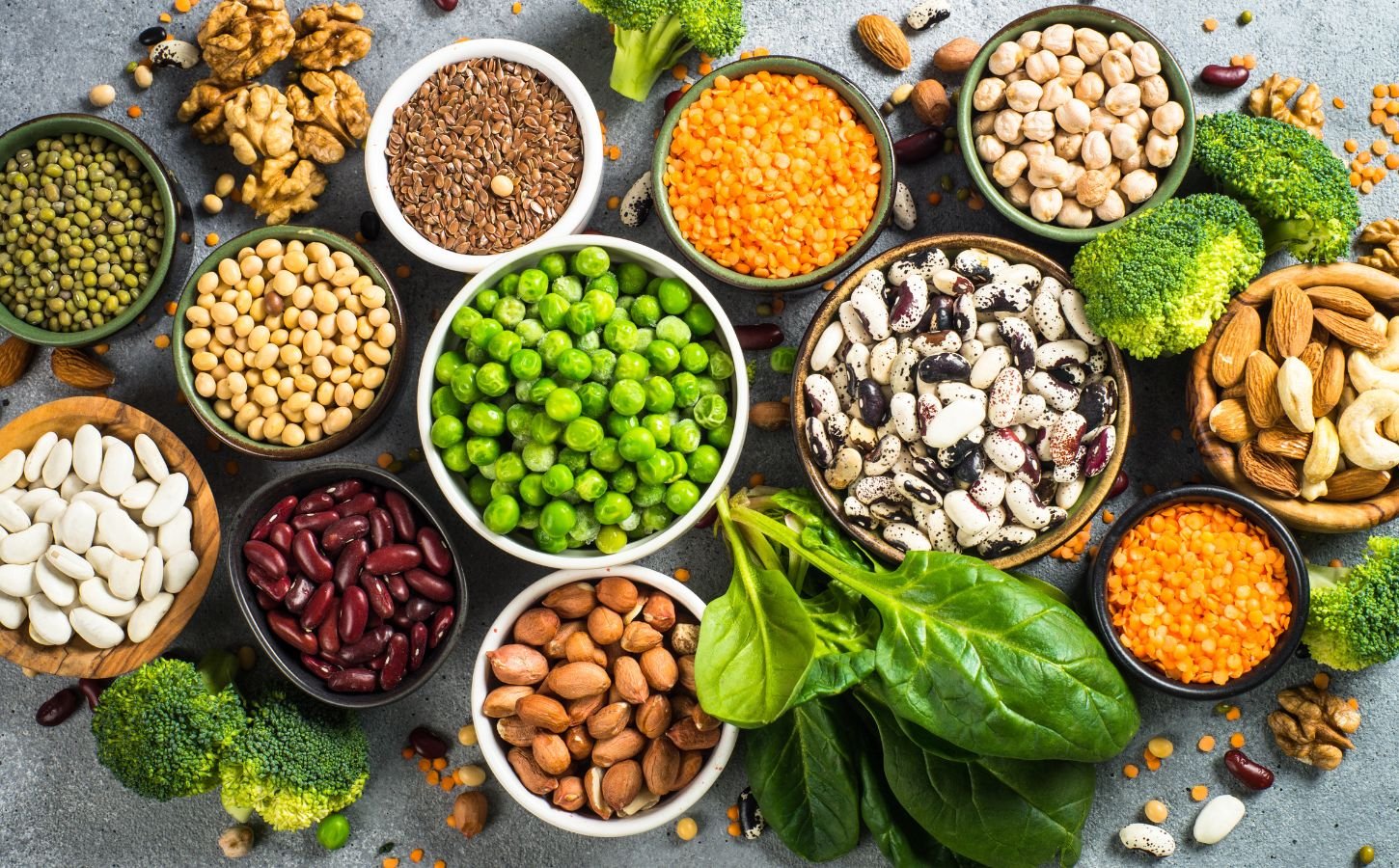Growth and Trends in the Plant-Based Protein Market

The global plant-based protein market is poised for substantial growth, projected to increase from USD 14.2 billion in 2024 to USD 20.5 billion by 2029, with a compound annual growth rate (CAGR) of 8.1%. This surge reflects a significant shift in consumer preferences towards healthier and more sustainable dietary choices. The market offers a wide range of plant-derived products, including soy, pea, wheat, and rice proteins, as alternatives to traditional animal-based proteins.
Dominance of Soy Protein
Soy protein stands out as a leading plant-based protein source, renowned for its nutritional benefits and versatility. Available in isolates, concentrates, and textured forms, soy protein provides essential amino acids crucial for human health. The FDA advocates its consumption in conjunction with low saturated fat and cholesterol diets to reduce the risk of heart disease, recommending a daily intake of 25 grams.
The escalating global demand for soy proteins has prompted significant innovations in soy-based products. For instance, Amfora recently introduced a high-protein soy flour derived from non-GMO soybeans bred for enhanced protein content, underscoring soy’s role as a nutritional powerhouse. Companies like Benson Hill Inc. have also responded with initiatives such as TruVail, a line of soy protein ingredients tailored for diverse food applications, catering to the growing market for plant-based proteins.
Growth in Liquid Plant-Based Proteins
Liquid plant-based proteins are poised to grow significantly, driven by their convenience and minimal preparation requirements compared to powdered alternatives. These proteins, derived from legumes like peas and beans through a liquid-based extraction process, are gaining popularity in nutritional supplements and beverages. Their adaptability in various culinary applications, from smoothies to soups, enhances their appeal to consumers seeking quick and nutritious meal solutions.
Rapid Expansion in the Asia Pacific Region
The Asia Pacific region is experiencing robust growth in fortified nutritional foods and beverages, driven by increasing disposable incomes and busy lifestyles. There’s a notable shift towards dairy alternatives such as soymilk, driven by economic empowerment among consumers. Countries like Japan, Australia, China, and India are at the forefront of this trend, supported by key market players like Sanitarium Health & Wellbeing Company and Vitasoy International Holdings Limited.
The region’s growth is further propelled by urbanization, dietary diversification, and heightened health awareness. Importantly, the surge in soybean imports in China—from 35.34 million in 2019 to 60.46 million in 2023—underscores the rising demand for soy-based proteins and reflects changing dietary preferences towards plant-derived alternatives. This trend not only highlights a shift towards sustainable diets but also signals promising opportunities for the plant-based protein market in the Asia Pacific region.
Conclusion
The plant-based protein market is witnessing dynamic growth driven by consumer preferences for healthier, sustainable food options. As innovations continue to expand the range and availability of plant-derived proteins, particularly soy, and as regional markets like Asia Pacific continue to embrace these products, the future looks promising for the global plant-based protein industry.
Related Posts

Global Port Congestion Hits Highest Levels Since Pandemic
- kenneth
- July 10, 2024
Singapore’s container port is facing unprecedented congestion, reminiscent of the peak pandem ..

Cocoa Crisis in West Africa Threatens Chocolate Prices Worldwide
- kenneth
- May 8, 2024
March 13 2024 – Major cocoa processing plants in Ivory Coast and Ghana, key producers acc ..

